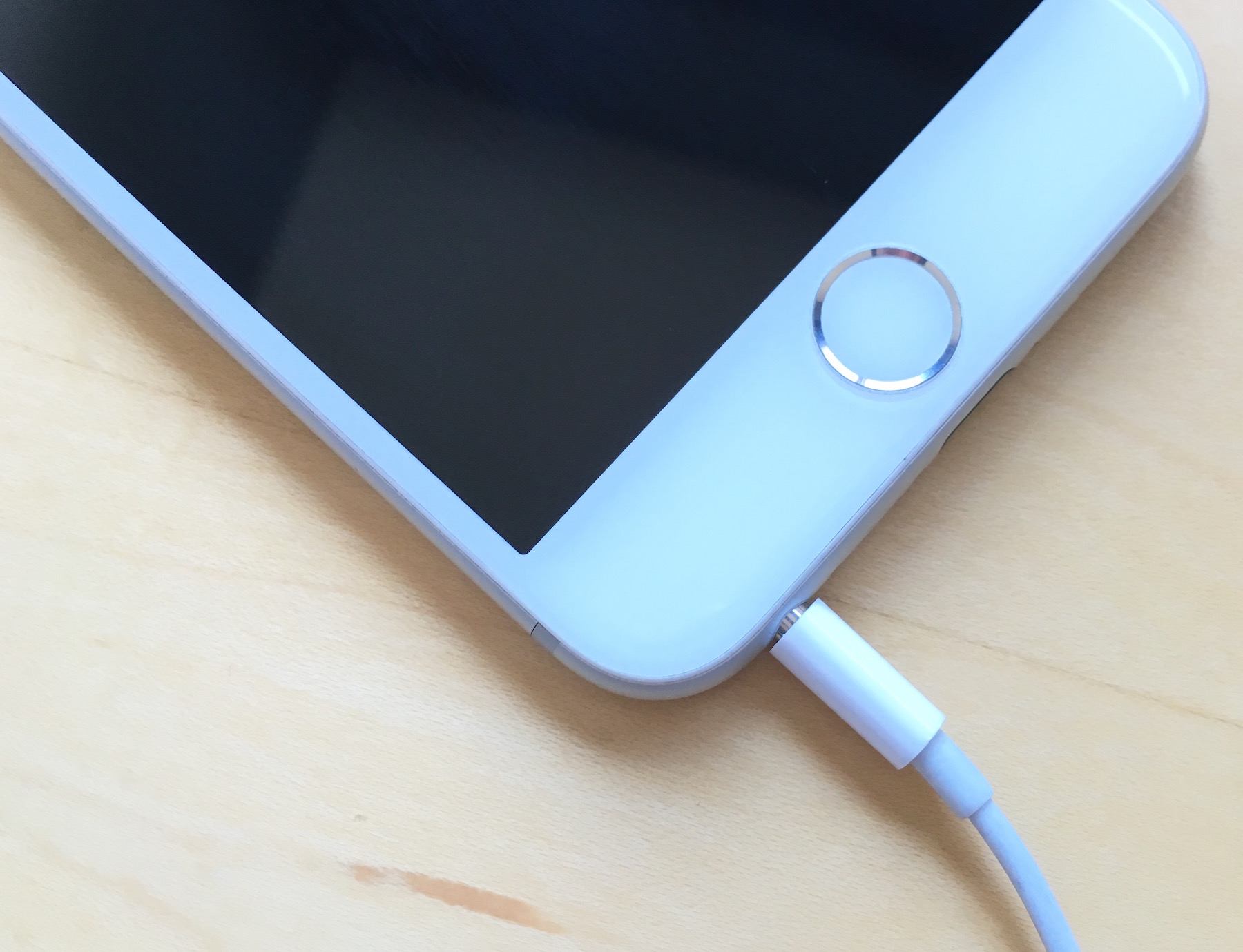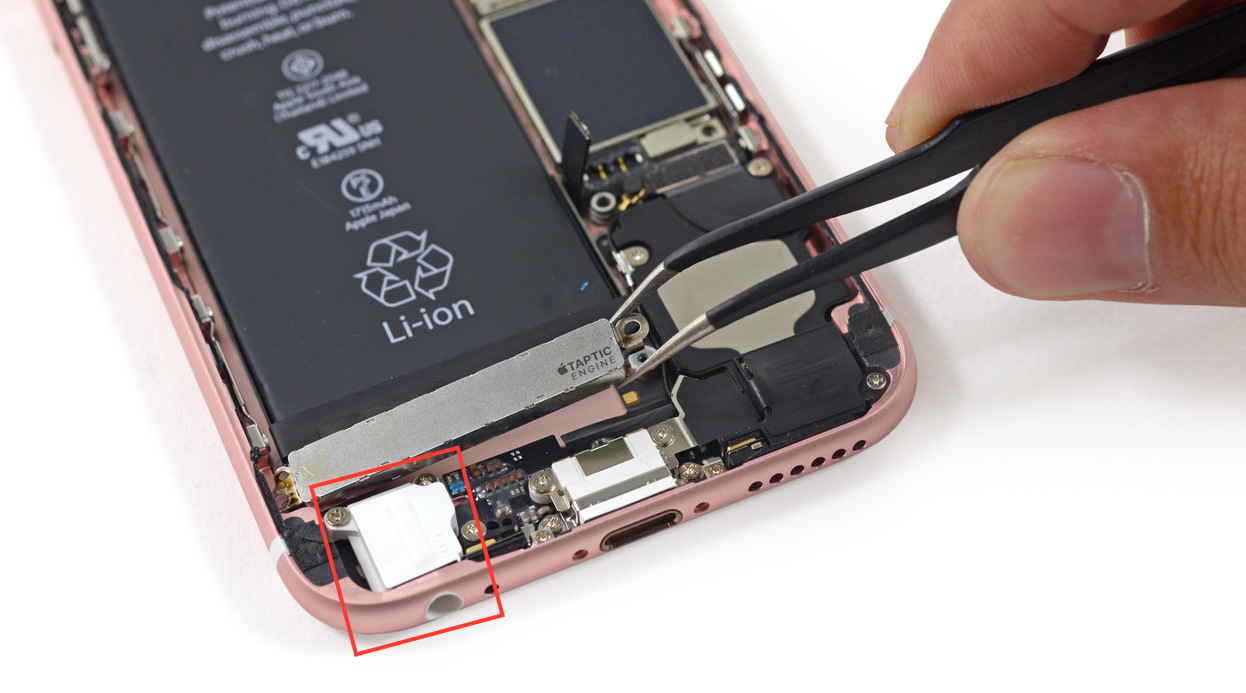Greed! Greed! Greed! Apple will kill the headphone jack out of greed. They just want to sell you $30 adapters.
This ridiculous claim is the result of narrow thinking. After all, it’s much easier to yell “greed” than trying to think of rational reasons why Apple would pull the plug (pun totally intended) on the 3.5mm headphone jack.
Apple is of course no stranger to that kind of situation. The company has been known for killing various technologies over the past few decades, and the bright side is that all of us have survived to tell the story.
In this post, I lay down a few more or less plausible reasons why Apple could eventually leave the headphone jack behind.
Making $$$?
Let’s get this out of the way now, shall we? Like any corporation, Apple’s goal is to make money, and the company has been known to be incredibly good at doing just that. One way Apple makes money is via its MFi licensing program, a program that, among other things, provides third party accessory makers “hardware connectors and components that are required to manufacture iPod, iPhone, iPad, and AirPlay audio accessories.” There is of course a cost associated to being part of that program, and because it’s all under NDA, we don’t really know what the numbers look like, but Apple is certainly set to make money by allowing accessory makers to make Lightning-to-3.5mm jack adapters, or Lightning headphones, for instance. This is peanuts, though. Revenue from the MFi program are probably the equivalent of a drop of water in the ocean for Apple, so saying Apple would pull such a move to make money is somewhat idiotic because a) of course Apple wants to make money; and b) revenue would be insignificant. If I had to make a guess, I’d say money is last (if at all) on Apple’s list of reasons to kill the headphone jack.
Making devices thinner and lighter
Apple has quite the obsession with making thinner and lighter devices. Look at just about every iteration of every product the company has made in the last few years for proof. There are of course the odd years (iPad 3 was noticeably heavier than its predecessor, so is iPhone 6s), but as a general rule of thumb, Apple aims at making thinner and lighter products. It’s the way technology works. It’s progress. It’s what allows you to have an iPhone in your pocket that is more powerful than the Pentium II 350 you had sitting under your desk 20 years ago. Admittedly, I don’t believe size and weight is a driving force behind the potential loss of the headphone jack. If anything, it would just be a nice side benefit.
Making more space for more battery
We’re now entering a more rational territory. If Apple was to get rid of the 3.5mm jack, that would leave an empty space inside the shell of your iPhone, and what better use could the company make of this space but using it for more battery? It makes tons of sense. It makes tons of sense until you see how big that port really is… Unless Apple was to completely reengineer the layout of internal components, I don’t really see a way to substitute that port for more battery. It’s still an interesting idea.
Look at the size of that headphone jack connector (courtesy of iFixit)
Preparing for high fidelity audio
There has been increasing chatter about how Apple could start offering a high-fidelity audio format for iTunes, and if the rumors hold true, then this may be a reason to drop the 3.5mm jack in favor of passing audio through the Lightning port. The benefit is that audio then travels to the headphones digitally, avoiding interferences that may occur when the analog signals travel over the wire, especially inside the iPhone where other signals are present from radios. The digital-to-analog conversion would then happen in the headphones. However, there is no real indication at this point that it would make a difference at all in sound quality.
Because wireless is the future
Let’s circle back to an idea that I briefly mentioned above: progress. Progress wants devices to be smaller, faster, and lighter. Progress also wants devices to become physically independent of other devices. That’s the whole idea behind going wireless. Just like your same old Pentium 2 was physically connected to a modem back in the day, your iPhone can connect to the web wirelessly. By the way, don’t you find it timely and convenient that iPhone 7 is also rumored to offer wireless charging? It’s basic progress, and that same progress is currently being held back by the headphone jack, which let me remind you, was invented in the 19th century (seriously)! Apple has never been too friendly with older technologies. As painful as it might seem at first for users, Apple loves to be first to show the path to the future (RIP floppy drive, CD drive, 30-pin connector, USB-A). There is no reason to believe Apple wouldn’t want to kill this antiquated technology in favor of Lightning and Bluetooth.
Bluetooth all the way
Speaking of going wireless, and beyond the idea that it is part of the future, it’s worth noting that such a move will heavily rely on Bluetooth, at least for the foreseeable future. And guess who became a promoter member of the Bluetooth Special Interest Group (SIG) last year? Right, Apple of course. As we noted at the time, Apple now holds a continual seat on the SIG Board of Directors and can influence future development of the standard even more than before. If going wireless is the future, this transition will in parts happen over Bluetooth, and as clunky as this technology may be in its current state, Apple is making sure that it has a say in the direction it is going.
No pain, no gain
I understand people might not be excited at the idea of losing the audio jack, but this is the price to pay for progress. There will be a transition period, which might come at a financial cost for some, and when this transition is over, we will look back at all this realizing it was for the best. Think about it for a second: do you really wish we still had floppy disks?
The world is going wireless, and while true music lovers will still be able to enjoy audio with headphones plugged in the Lightning port of their iPhones, the average listener will be just fine using Bluetooth. That’s just progress.

